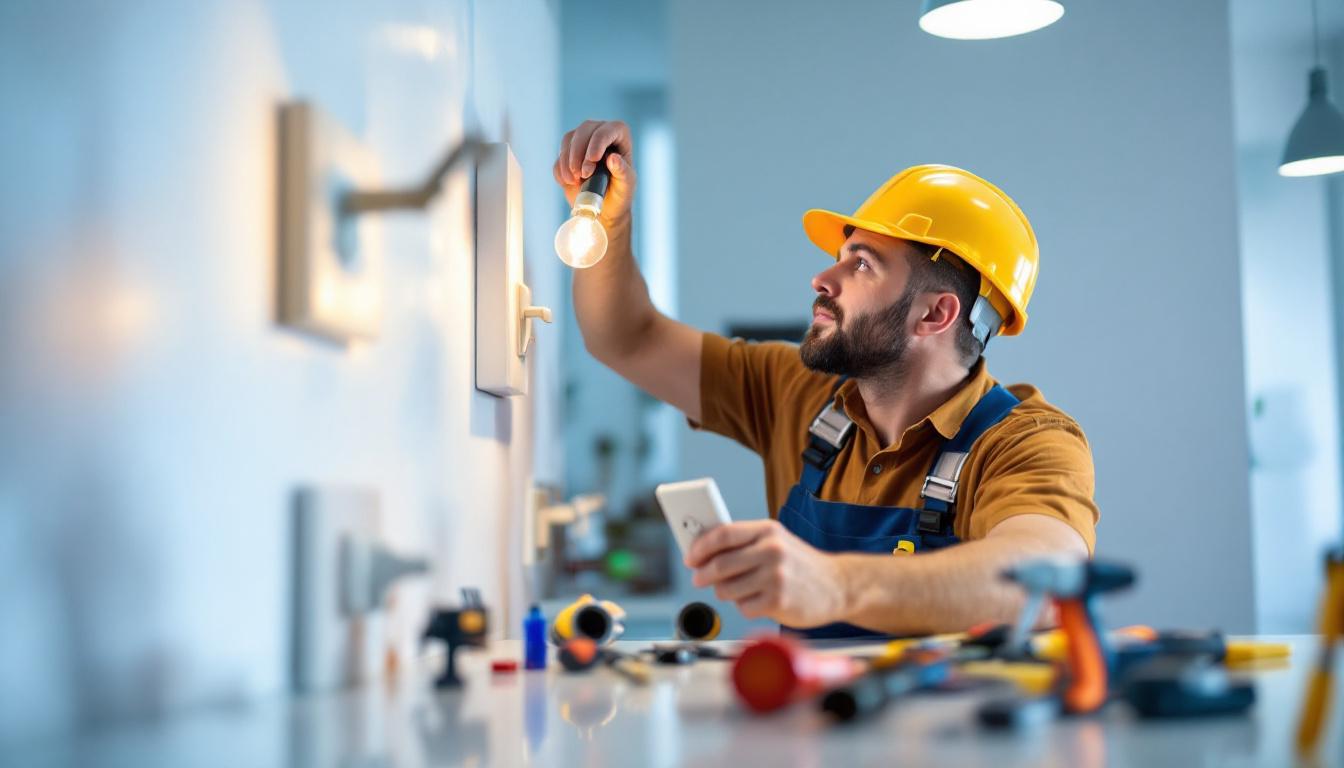
In the world of electrical installations, light receptacles play a crucial role in ensuring that lighting fixtures operate efficiently and safely. For lighting contractors, understanding the nuances of these components can significantly enhance the quality of work delivered to clients. This article provides essential tips and insights into light receptacles, aiming to equip contractors with the knowledge needed to excel in their projects.
Light receptacles, commonly known as light sockets, are the fixtures that hold light bulbs and connect them to the electrical supply. They come in various types, each designed for specific applications and bulb types. Familiarity with these different types can help contractors choose the right receptacle for their projects. In addition to their practical function, light receptacles also play a significant role in the overall design and aesthetic of a space. The choice of receptacle can influence not only the functionality of the lighting but also the ambiance and style of the environment.
There are several types of light receptacles available, each with unique features. The most common types include:
Understanding the differences in these receptacles is essential for ensuring compatibility with the intended lighting solutions. Additionally, the choice of receptacle can affect energy efficiency and the overall performance of the lighting system, making it a crucial consideration for both residential and commercial projects.
When selecting light receptacles, several key features should be taken into account:
Moreover, it is important to consider the design and finish of the receptacle, especially in residential settings where aesthetics matter. Decorative options can complement the overall decor, while functional features like dimmability or compatibility with smart home systems can enhance user experience and energy savings. As technology continues to evolve, selecting receptacles that accommodate innovative lighting solutions will be increasingly important for both new constructions and renovations.
Proper installation of light receptacles is critical to ensure safety and functionality. Following best practices can help avoid common pitfalls that contractors may encounter. A well-installed receptacle not only provides reliable power but also minimizes the risk of electrical hazards, ensuring peace of mind for both the installer and the end user.
Before beginning any installation, ensure that the right tools and equipment are on hand. Essential tools include:
Having the right tools not only facilitates a smoother installation process but also enhances safety on the job site. Additionally, consider using a multi-tool that combines several functions, such as cutting, stripping, and crimping, to reduce the need for multiple devices. This can save time and space, making your toolbox more efficient. Furthermore, investing in high-quality tools can lead to better results and longevity, ultimately saving money in the long run.
To install a light receptacle safely and effectively, follow these steps:
It’s also important to consider the placement of the receptacle during installation. Ensure that it is positioned at a comfortable height and is easily accessible, especially in areas where it will be frequently used. Additionally, if the receptacle will be exposed to moisture, such as in kitchens or bathrooms, opt for weatherproof or GFCI (Ground Fault Circuit Interrupter) receptacles to enhance safety. This attention to detail not only improves usability but also complies with local electrical codes and standards, ensuring a professional finish to your installation.
Safety should always be the top priority when working with electrical components. Adhering to safety guidelines can prevent accidents and ensure compliance with local electrical codes.
Wearing appropriate personal protective equipment is essential for any electrical work. Contractors should consider the following PPE:
Familiarity with local electrical codes is vital for ensuring that installations meet safety standards. Contractors should regularly review these codes and stay updated on any changes. Compliance not only enhances safety but also protects contractors from potential liabilities.
Regular maintenance of light receptacles can prolong their lifespan and ensure optimal performance. Contractors can provide valuable insights to clients regarding the upkeep of their lighting systems.
Encourage clients to conduct regular inspections of their light receptacles. Look for signs of wear, such as:
Identifying these issues early can prevent more significant problems down the line.
Dust and debris can accumulate in and around light receptacles, leading to potential overheating issues. Advise clients to periodically clean their receptacles using a dry cloth. Ensure that the power is turned off before cleaning to avoid any electrical hazards.
Different lighting applications require specific types of receptacles. Understanding these applications can help contractors make informed decisions that enhance functionality and aesthetics.
Residential and commercial lighting needs often differ significantly. Residential applications may prioritize aesthetic appeal and energy efficiency, while commercial settings might focus on durability and high output. For instance:
Outdoor lighting receptacles must be weatherproof and designed to withstand the elements. Contractors should look for receptacles with a high IP (Ingress Protection) rating to ensure they are resistant to moisture and dust. Additionally, using receptacles with built-in GFCI (Ground Fault Circuit Interrupter) protection is crucial for safety in outdoor installations.
Light receptacles are fundamental components in the realm of electrical installations, and understanding their intricacies can significantly enhance a lighting contractor’s expertise. By following the tips outlined in this article, contractors can ensure safe, efficient, and aesthetically pleasing lighting solutions for their clients. From selecting the right receptacles to adhering to safety standards and maintenance practices, these insights will help contractors elevate their work and foster long-lasting client relationships.
In a competitive market, staying informed about the latest trends and technologies in lighting can provide a significant advantage. Continuous education and practice will not only improve the quality of installations but also enhance overall client satisfaction. By prioritizing safety, quality, and efficiency, lighting contractors can build a reputation for excellence in their field.
Ready to take your lighting projects to the next level? LumenWholesale is here to support your expertise with our extensive range of high-quality, spec-grade lighting products. We offer the best value in wholesale lighting, eliminating the middleman to provide you with superior products at prices that can’t be beaten. Whether you’re working on residential or commercial installations, our selection meets the highest industry standards for safety, efficiency, and performance. Plus, with free shipping on bulk orders, you can stock up on all the light receptacles and fixtures you need without worrying about hidden fees or compromises. Elevate your lighting solutions today by visiting Wholesale Lighting at the Best Value and experience the LumenWholesale difference.
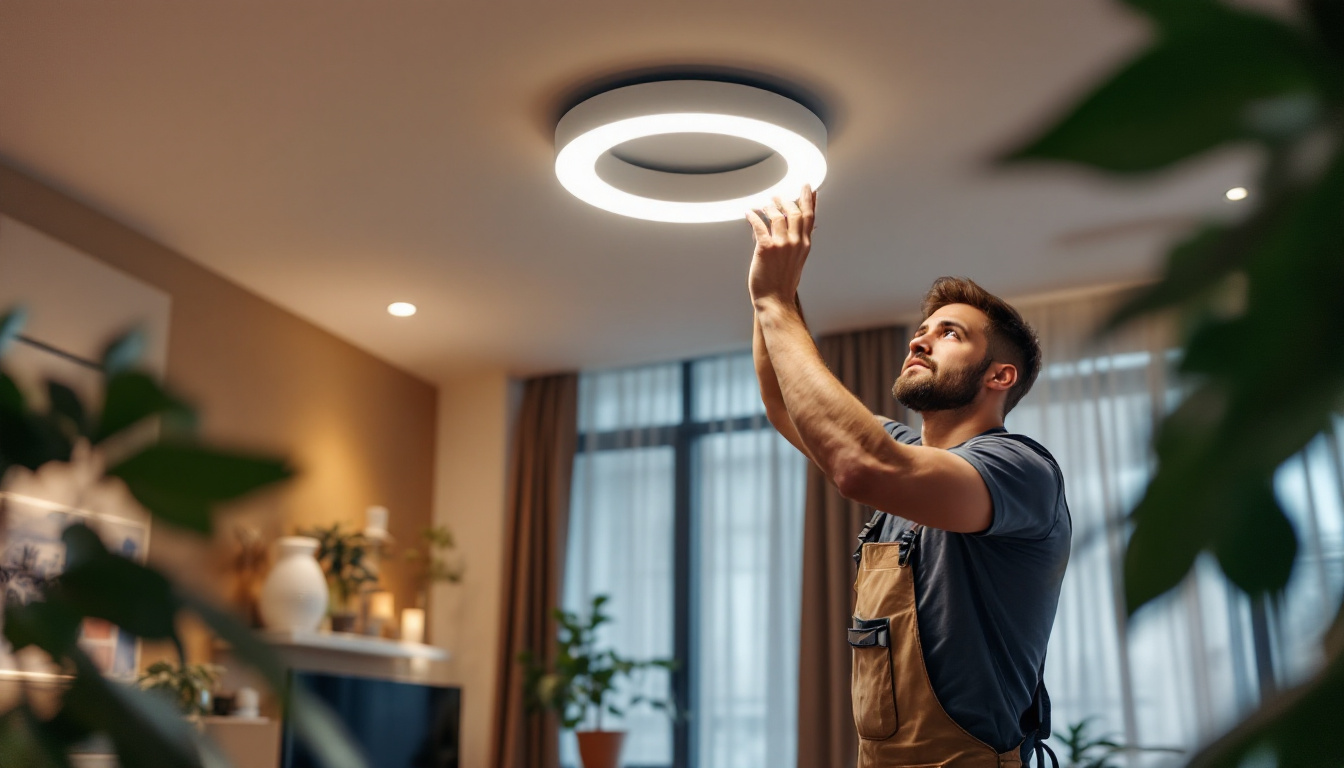
Discover the top benefits of using recessed light trim rings for lighting contractors.
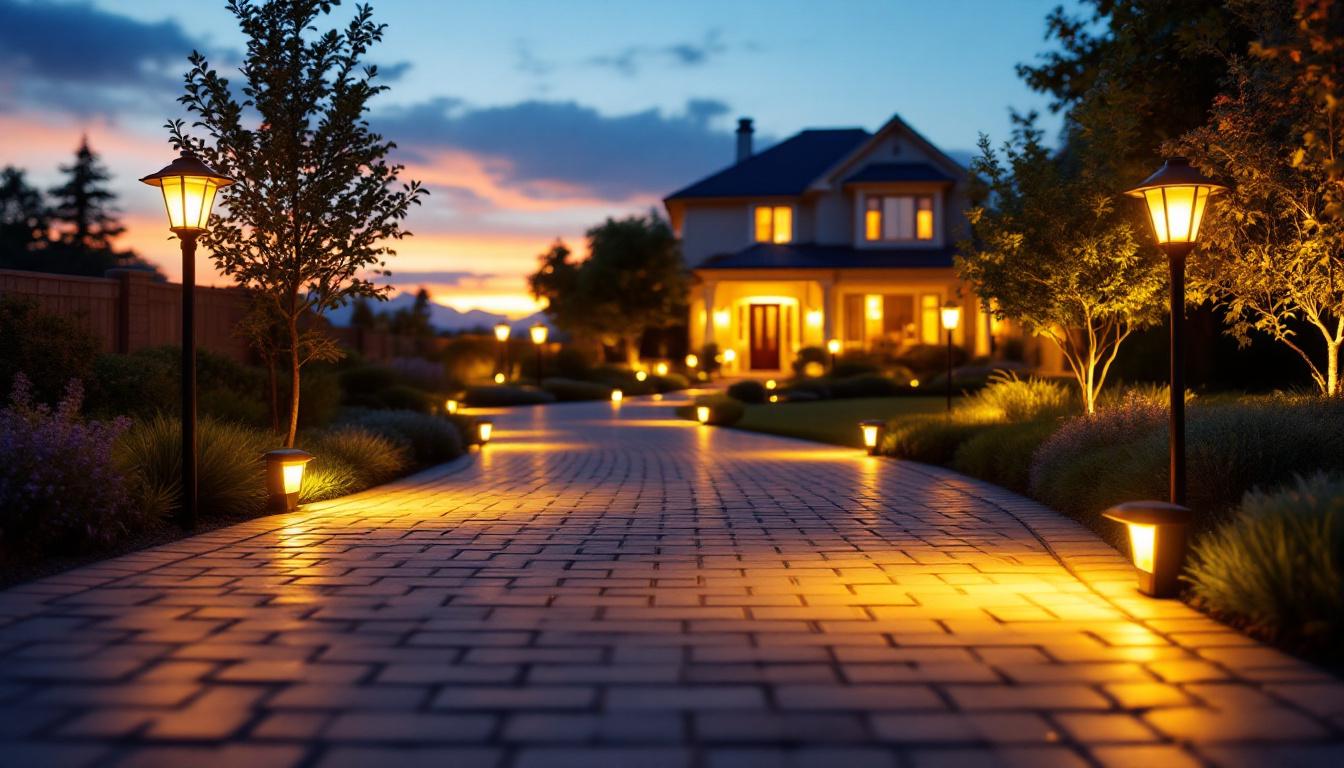
Discover essential tips for installing solar driveway lighting without breaking the bank.
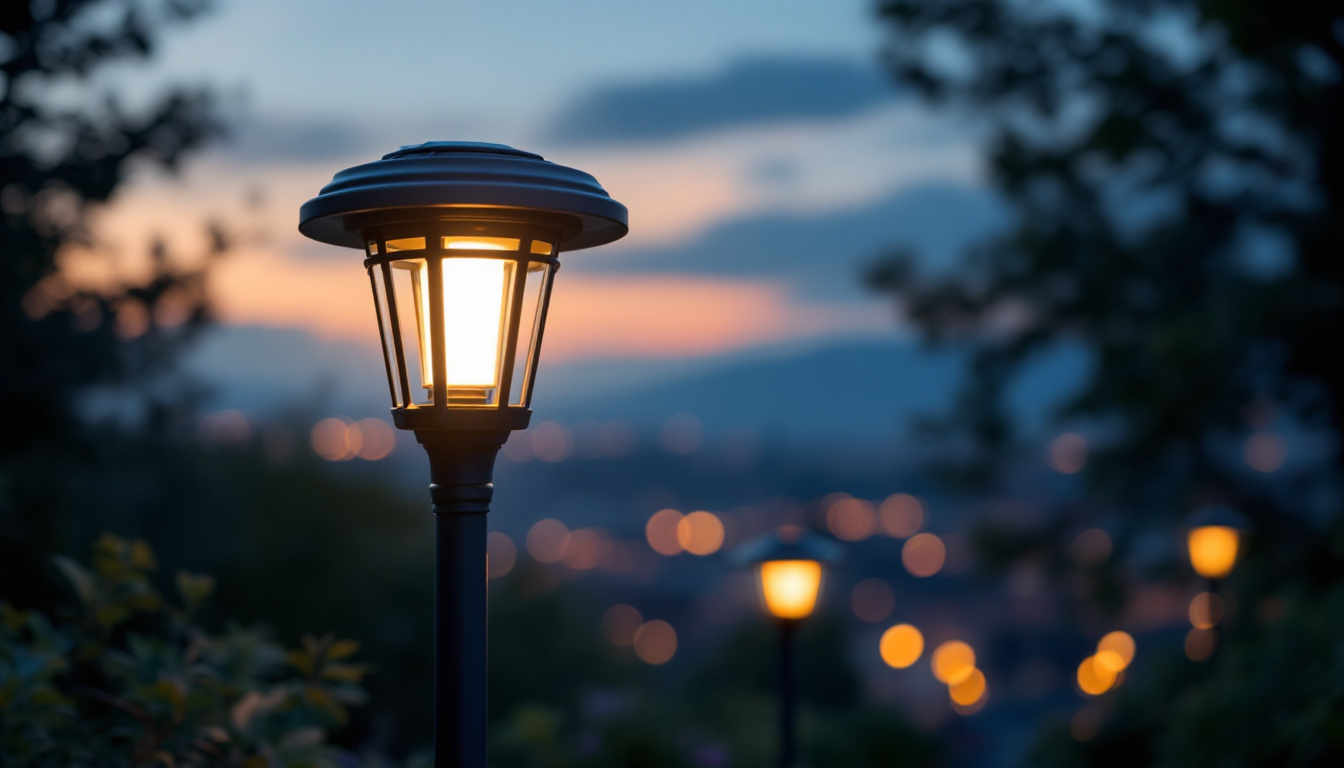
Explore the rising significance of solar pole lanterns in the lighting industry, highlighting their eco-friendly benefits, technological advancements, and impact on sustainable urban development.
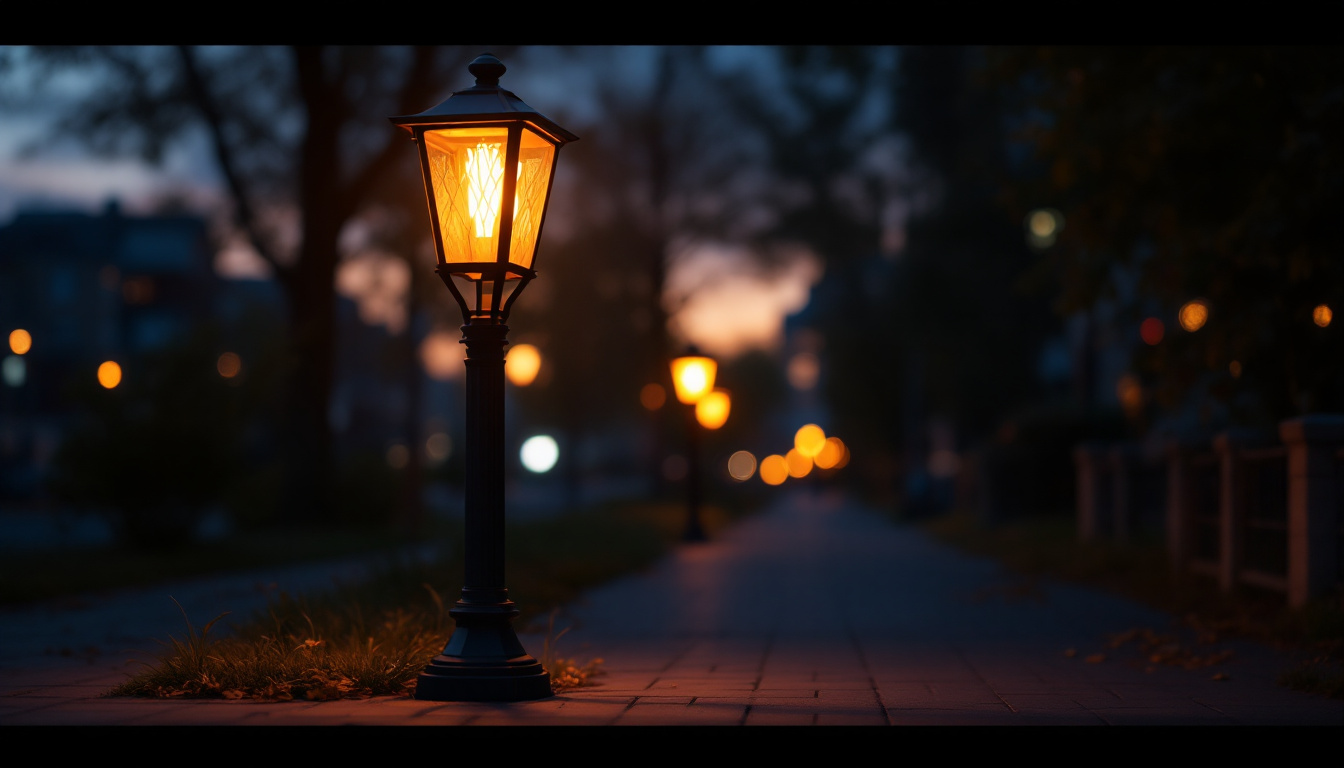
Discover the essential guide to sidewalk lamps, exploring their history, types, installation tips, and energy-efficient options to illuminate your pathways beautifully and safely..